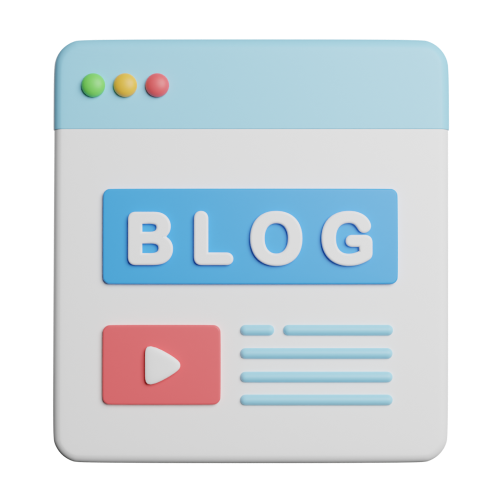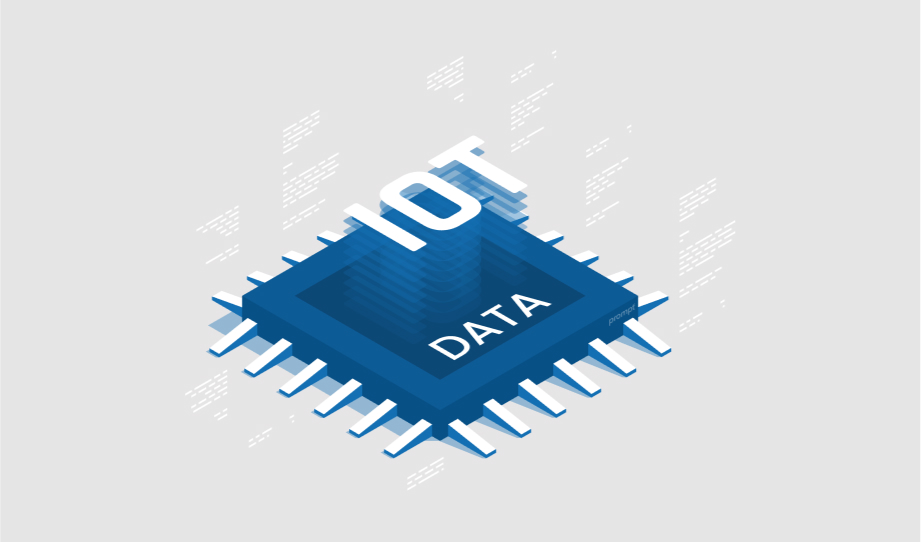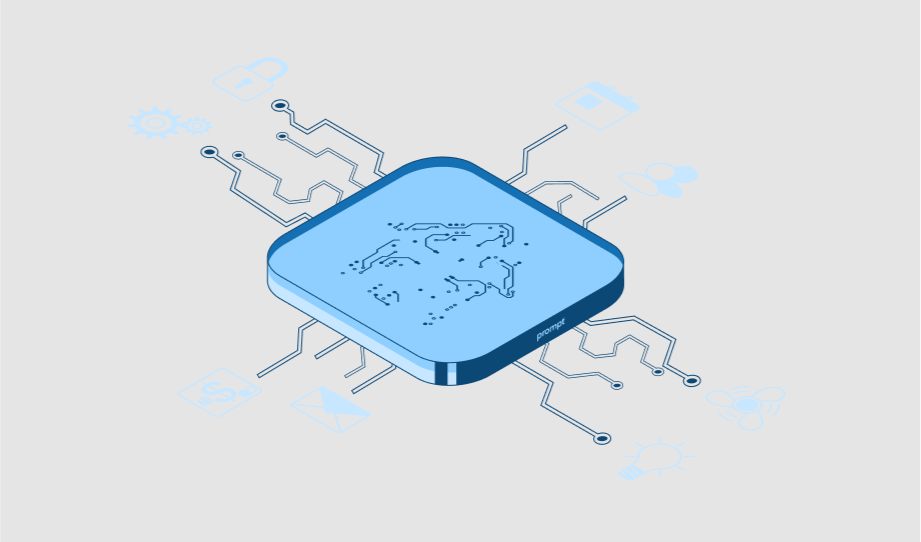What is the Impact of IoT Data Analytics on your Business?
Today, if we observe the trend and business processes, we can express that IoT solutions are…
Why do We Need Enterprise IoT Solutions for Digital Transformation?
We all are well aware of the changes brought by digital transformation, or we can say…





